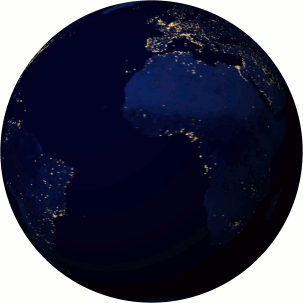Solar Storm Watch: Northern Lights will put on a spectacular display on Christmas
- Hlias Frgks
- Dec 18, 2016
- 1 min read

Earth is about to enter a solar wind stream that could spark polar auroras from Dec. 20th through 25th. Geomagnetic storming is most likely on Dec. 21st and 22nd with peak storm levels near G2. Sky watchers around the Arctic Circle should be alert for Northern Lights.

The source of the solar wind is a gigantic hole in the sun's atmosphere, now directly facing Earth.
NASA's Solar Dynamics Observatory caught the structure, which covers nearly 1/3rd of the solar disk.
We've actually seen this coronal hole before--at least twice. It is rotating around with the sun, strobing Earth like a lighthouse every ~27 days. The last two times we experienced its solar wind (Oct. 25-28 and Nov. 23-26), G1- and G2-class magnetic storms sparked bright polar auroras. A repeat performance is likely in the week ahead.
Coronal holes are regions in the sun's atmosphere where the magnetic field opens up and allows solar wind to escape. http://www.spaceweather.com/

The visible disk is no longer blank as a pair of sunspots are forming in the northeast quadrant. Both will be monitored during the next 24 hours. http://www.solarham.net/
Earthquake activity when this large coronal hole was facing Earth
October 2016 5.5 and 6.1 magnitude Italy October 26 6.1 magnitude Tonga October 26 6.0 magnitude Chile October 27 6.6 magnitude Italy October 30 5.6 magnitude Colombia October 31
November 2016 6.4 magnitude Argentina November 20 6.9 magnitude Japan November 22 7.0 magnitude El Salvador November 24 6.6 magnitude Tajikistan November 25
List of earthquakes in 2016 https://en.wikipedia.org/wiki/List_of_earthquakes_in_2016
Clips, images credit: spaceweather.com & NASA.SDO http://sdo.gsfc.nasa.gov/








Comments